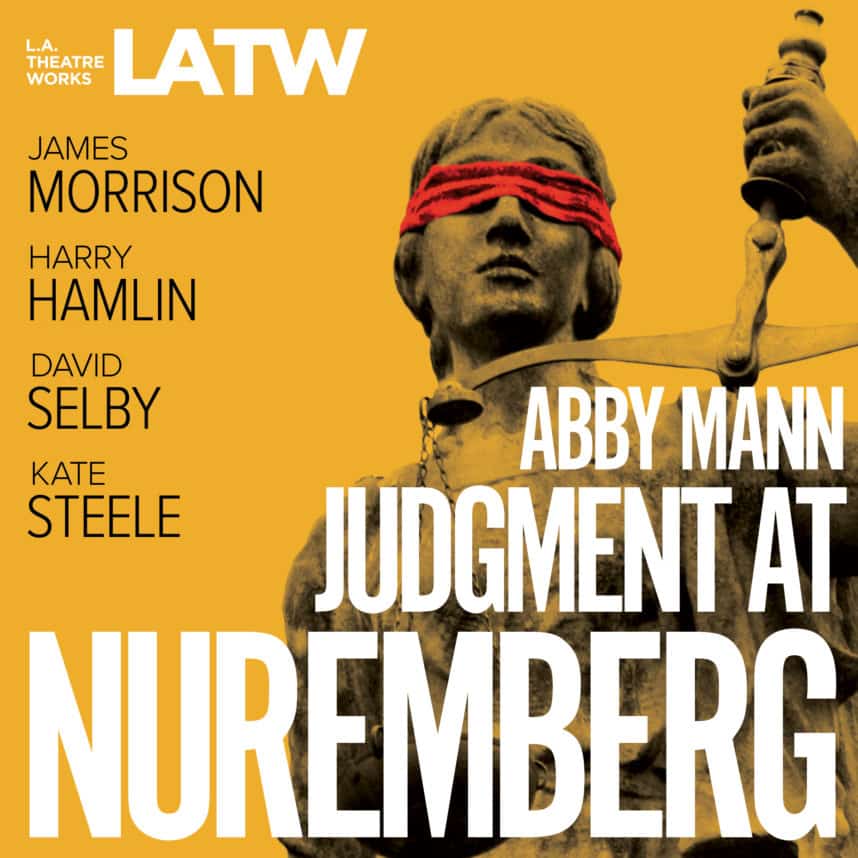
Category
plays


Calendar Picks and Clicks: Dec. 15-21, 2012
Set in 1930s Algiers, this animated adaptation of the beloved series by French comic-book artist Joann Sfar tells the story of a widowed rabbi, his beautiful daughter and a cat that swallows the family parrot and gains the ability to speak.
Calendar Picks and Clicks: Oct. 27–Nov 2, 2012
IKAR’s Rabbi Sharon Brous and Rabbi Ronit Tsadok, American Jewish University’s Rabbi Aryeh Cohen and leaders of social justice organization Bend the Arc discuss the November ballot initiatives through a Jewish lens, addressing what Jewish tradition says about the death penalty, criminal justice and income equality.
Calendar Picks and Clicks: Oct. 13-19, 2012
Dedicated to the life and memory of journalist Daniel Pearl, this October music month features concerts across the globe, including today’s performance of “Songs of Salomone Rossi: Harmony for Humanity” by Tesserae at Contrapuntal Recital Hall in Brentwood. Other concerts include Ray Dewey (Oct. 16);
An X-Mas Like No Other
\”The sun is shining, the grass is green, the orange and palm trees sway. There\’s never been such a day in Beverly Hills, L.A. But it\’s December the 24th, and I am longing to be up north.\”
While it isn\’t likely the above stanza sparks many memories, the next line should: \”I\’m dreaming of a White Christmas.\”
Bing Crosby\’s popular version of the song — introduced in \”Holiday Inn\” (1942) and later sung in \”White Christmas\” (1954) — cut out the satirical introduction.
Pinter’s Plays Give Voice to the Victims
Provocative, ambiguous, biting, subtle, Harold Pinter, who has just been awarded the Nobel Prize for Literature, is one of the major playwrights of the English language and the author of 29 plays and two dozen film scripts. He is also one of the most political of writers, with an overriding concern for social justice and an abhorrence of fascism, authoritarianism and brutality. His plays deal with power and powerlessness, dominance and subservience, resistance to authority, doublethink, hypocrisy and the perversion of language.
Actor’s Missing Dad Takes Center Stage
In his raw, autobiographical monologue, \”Who Is Floyd Stearn?\” actor Michael Raynor struts onstage with a swagger reminiscent of James Caan. Raynor, playing himself, jabs a finger at a faded photograph.\nThe photo was taken on 185th Street in Queens, on his grandmother\’s lawn. In the photo, an athletic, brawny man embraces a 3-year-old. The man is Raynor\’s father, Floyd Stearn. The smiling boy is young Michael, who clutches a toy banjo, his blond bangs peeking out from a cowboy hat.\n\nRaynor tells the audience that, even at 40, he cannot discuss the photo; should anyone pressure him, he angrily departs.\n\n\”Every time I see the picture I cry,\” he adds quietly. \”That\’s why I can\’t look at it. I see the happiness in my face, and it scares me. I\’m hoping it won\’t go away.\”
Still’s ‘Waters’ Run Deep
To structure the sprawling \”Waters,\” James Still drew on Arthur Schnitzler\’s classic play, \”La Ronde,\” in which scenes are connected by protagonists moving from one sequence to another.
New Articles
Shabbat HaGadol – Redeeming Dibbur – Voice and Speech of God

Ha Lachma Anya

Passover 2024: The Four Difficulties

Israel Strikes Deep Inside Iran

 More news and opinions than at a Shabbat dinner, right in your inbox.
More news and opinions than at a Shabbat dinner, right in your inbox.